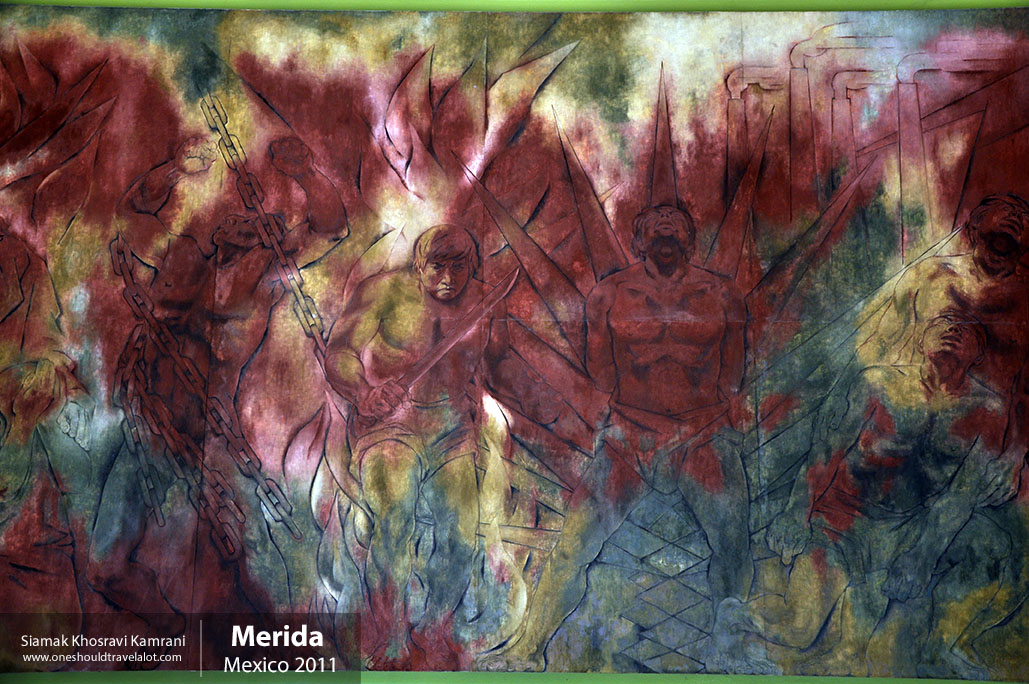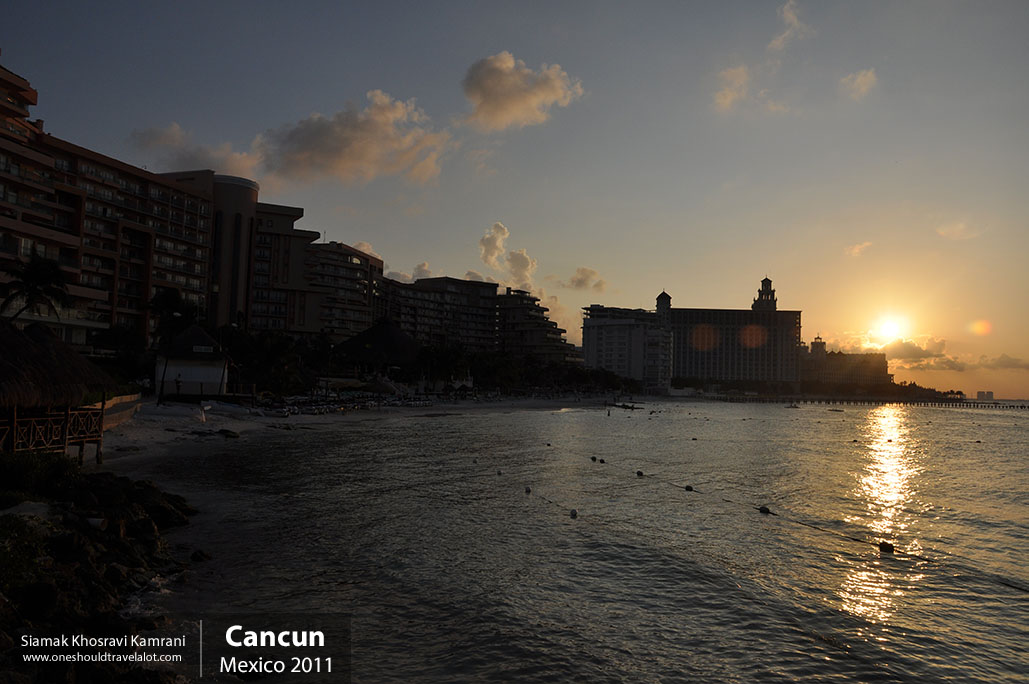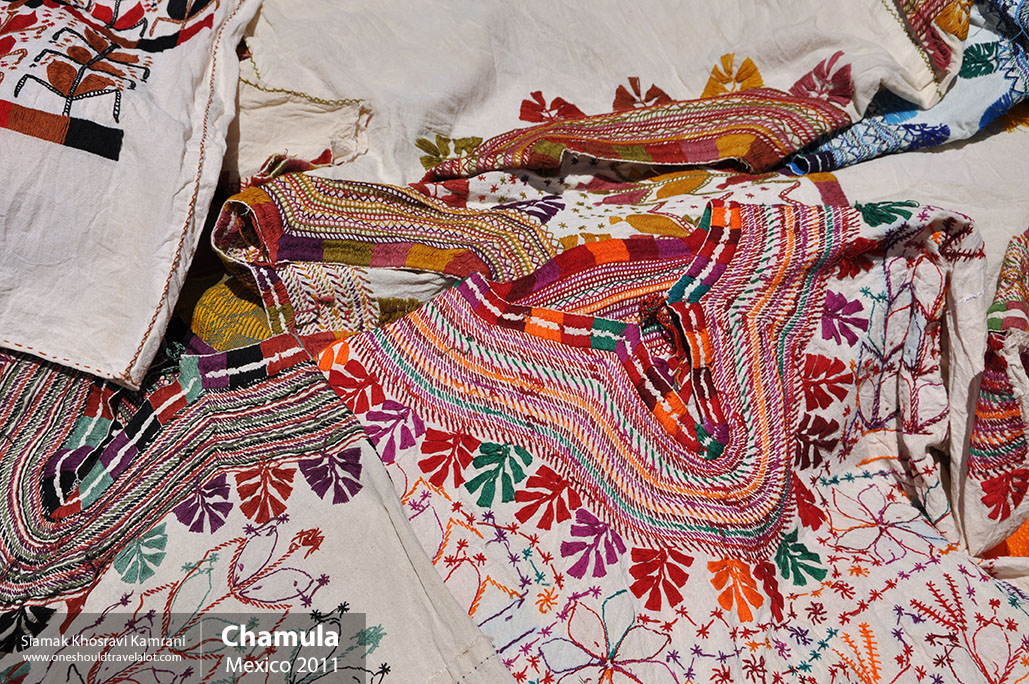Discovering the Heart of Oaxaca
A Photographer’s Journey Through Oaxaca
Oaxaca, a vibrant and culturally rich city in southern Mexico, has long been on my list of must-visit destinations. Known for its colonial architecture, indigenous cultures, and thriving arts scene, Oaxaca promises an experience that’s as diverse as it is enchanting. With my camera gear packed and an eagerness to explore, I arrived in Oaxaca ready to capture its essence through my lens.
First Impressions of Oaxaca
As I stepped off the plane and into the heart of Oaxaca, the first thing that struck me was the city’s vibrant atmosphere. The streets buzzed with life, filled with the sounds of bustling markets, the aroma of street food, and the vibrant colors of traditional textiles. The standard of living here seemed a blend of the old and new, with historic buildings standing proudly alongside modern establishments.
Oaxaca is a city that wears its history on its sleeve. The colonial architecture, with its beautifully preserved buildings, tells tales of a bygone era, while the lively markets and street vendors bring a sense of contemporary vibrancy. The atmosphere here is warm and welcoming, with a sense of community that’s palpable in every interaction.
Exploring Oaxaca’s Rich Culture
The Zócalo: The Heartbeat of the City
My journey began at the Zócalo, Oaxaca’s main square and the heart of the city. Surrounded by historic buildings, the square is a hive of activity. Families, couples, and tourists alike gather here to enjoy the lively atmosphere. Street performers, musicians, and vendors add to the vibrant scene, creating a tapestry of sounds and sights that’s uniquely Oaxacan.
As I wandered through the square, my camera captured moments of everyday life. Children chasing pigeons, elders engrossed in conversations, and the occasional burst of laughter from a group of friends. The Zócalo is more than just a public space; it’s a living, breathing entity that embodies the spirit of Oaxaca.
Mercado Benito Juárez: A Feast for the Senses
Next, I headed to Mercado Benito Juárez, one of Oaxaca’s most famous markets. Stepping inside, I was greeted by a sensory overload. The market is a labyrinth of stalls, each one bursting with colors, scents, and sounds. From fresh produce and spices to handmade crafts and textiles, the market offers a glimpse into the daily lives of Oaxacans.
My lens was particularly drawn to the vibrant textiles. Oaxacan women, dressed in traditional attire, meticulously crafted intricate designs. Their skillful hands worked with precision, weaving patterns that have been passed down through generations. The market is a celebration of Oaxaca’s rich cultural heritage, and every corner has a story waiting to be told.
Immersing in Local Traditions
The Art of Mezcal
Oaxaca is renowned for its mezcal, a traditional Mexican spirit made from the agave plant. Keen to learn more, I visited a local mezcal distillery. The process of making mezcal is both an art and a science, with each distillery offering its unique twist on the ancient technique.
I was fortunate enough to join a guided tour, where I learned about the intricate process of mezcal production. From harvesting the agave to the fermentation and distillation, every step is carried out with meticulous care. Tasting the final product was a revelation. Mezcal has a distinct smoky flavor, a testament to the traditional methods used in its production.
Dia de los Muertos: Celebrating Life and Death
My visit to Oaxaca coincided with Dia de los Muertos, the Day of the Dead, one of Mexico’s most important cultural celebrations. The city transforms during this period, with streets adorned with marigold flowers, colorful altars, and intricate sugar skulls.
The festival is a beautiful blend of pre-Hispanic traditions and Catholicism, celebrating the lives of deceased loved ones. Families gather to honor their ancestors, creating altars adorned with photographs, favorite foods, and mementos. The atmosphere is one of joy and remembrance, with music, dance, and food playing a central role.
I spent the evening photographing the celebrations, capturing the vibrant costumes, the solemn processions, and the heartfelt tributes. The streets were alive with a sense of community and shared heritage, a poignant reminder of the importance of honoring one’s roots.
Oaxaca’s Artistic Soul
The Legacy of Rufino Tamayo
Oaxaca has a rich artistic heritage, and one of its most famous sons is Rufino Tamayo, a renowned painter and sculptor. The Museo de Arte Prehispánico de México Rufino Tamayo is a testament to his legacy. The museum houses an extensive collection of pre-Hispanic art, reflecting Tamayo’s deep appreciation for his cultural heritage.
Walking through the museum, I was struck by the beauty and intricacy of the artifacts on display. Each piece tells a story, offering insights into the lives and beliefs of ancient civilizations. Tamayo’s influence is evident throughout, with the museum serving as a bridge between the past and the present.
Street Art: A Modern Canvas
Oaxaca’s artistic expression isn’t confined to galleries and museums. The city’s streets are adorned with murals and graffiti, turning public spaces into open-air galleries. Street art in Oaxaca is more than just decoration; it’s a form of social commentary, reflecting the city’s vibrant cultural and political landscape.
My camera captured striking murals depicting everything from indigenous struggles to contemporary social issues. The artists use their work to engage with the community, sparking conversations and challenging perceptions. Oaxaca’s street art is a testament to the city’s creative spirit and its commitment to artistic freedom.
Savoring Oaxacan Cuisine
A Culinary Adventure
No visit to Oaxaca would be complete without indulging in its culinary delights. Oaxacan cuisine is a feast for the senses, with bold flavors and rich, complex dishes. The city is known for its mole, a traditional sauce made from a blend of chilies, spices, and chocolate. Each mole is unique, with recipes varying from family to family.
I visited a local restaurant to sample some of the city’s signature dishes. The mole negro, with its deep, smoky flavor, was a highlight. Other standout dishes included tlayudas, a type of Oaxacan pizza, and chapulines, roasted grasshoppers seasoned with chili and lime. The food in Oaxaca is a reflection of its diverse cultural heritage, a delicious blend of indigenous and Spanish influences.
The Coffee Culture
Oaxaca is also famous for its coffee, with beans grown in the surrounding mountainous regions. I took a trip to a local coffee plantation to learn more about the process. The tour provided fascinating insights into the journey from bean to cup, highlighting the care and dedication that goes into producing high-quality coffee.
Tasting the freshly brewed coffee was a revelation. The rich, aromatic flavors were a testament to the region’s fertile soil and favorable climate. Oaxaca’s coffee culture is thriving, with numerous cafes offering a cozy space to relax and enjoy a cup of locally sourced brew.



